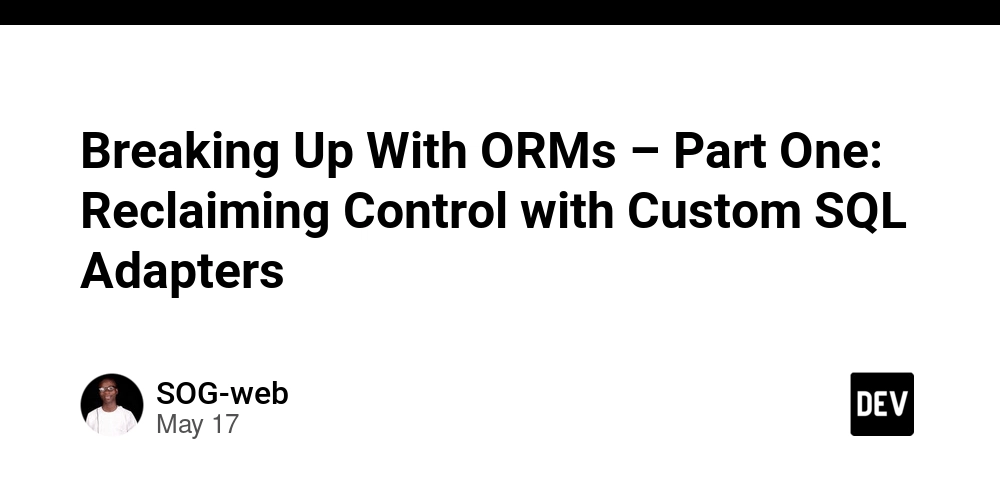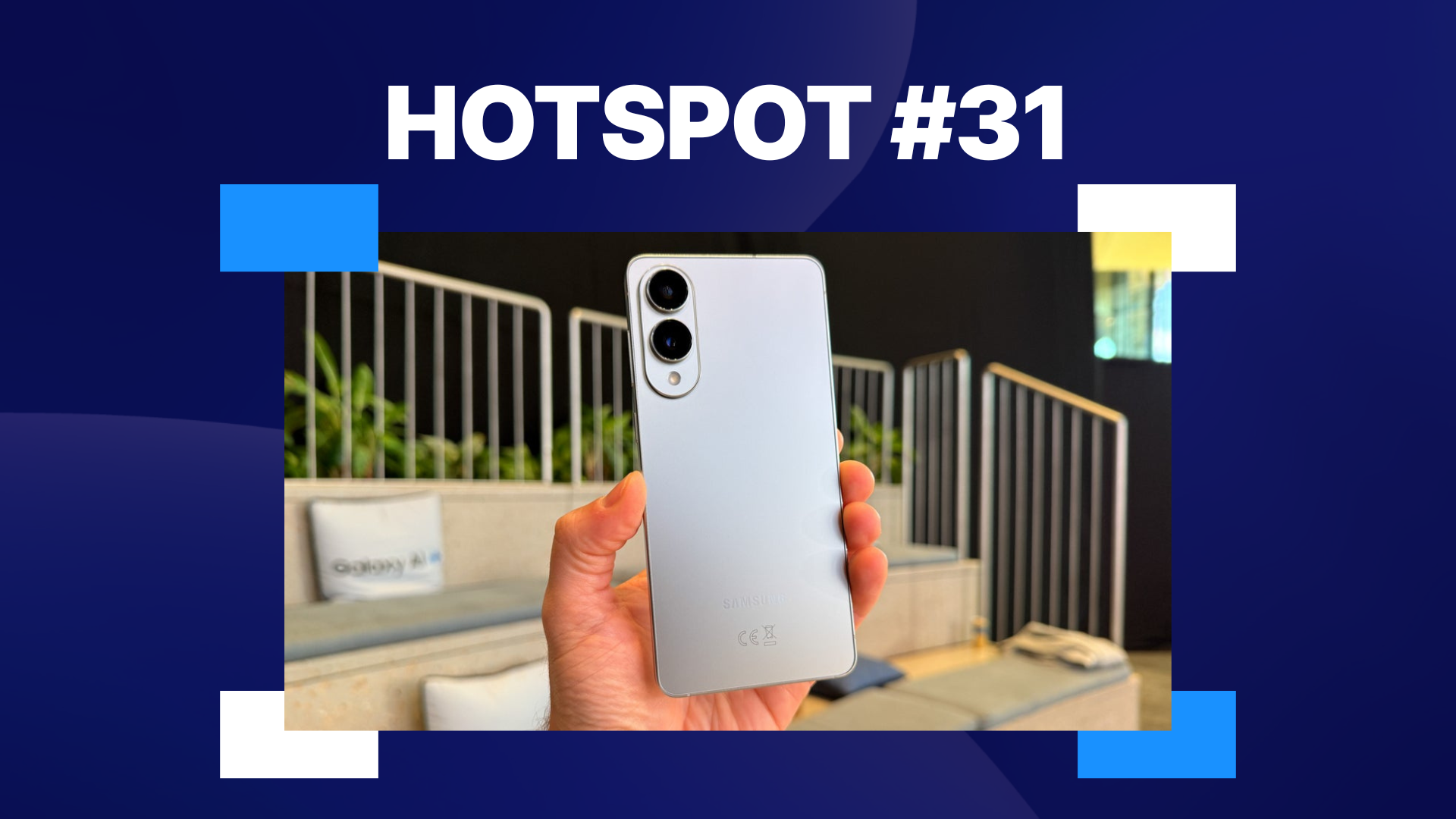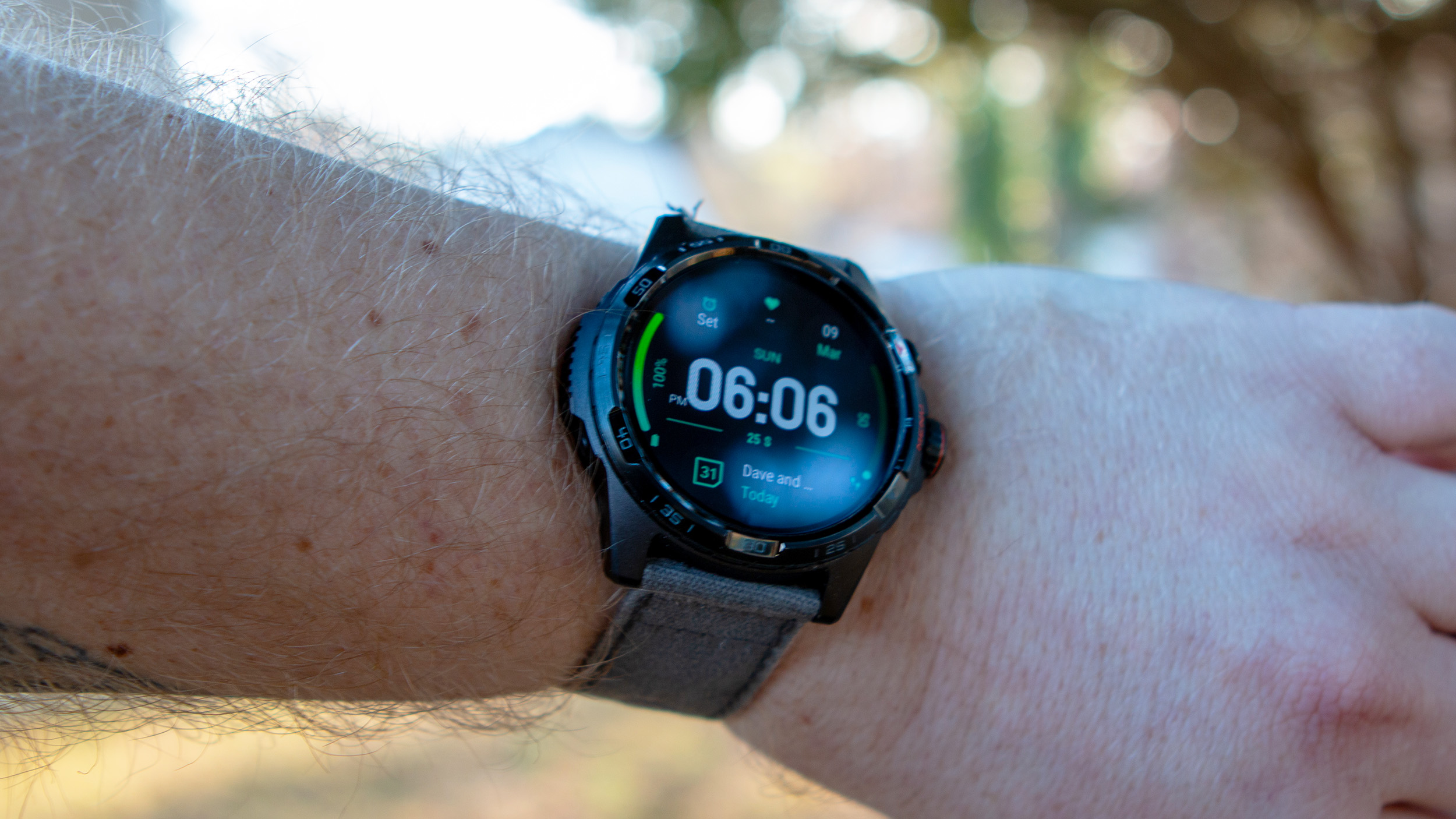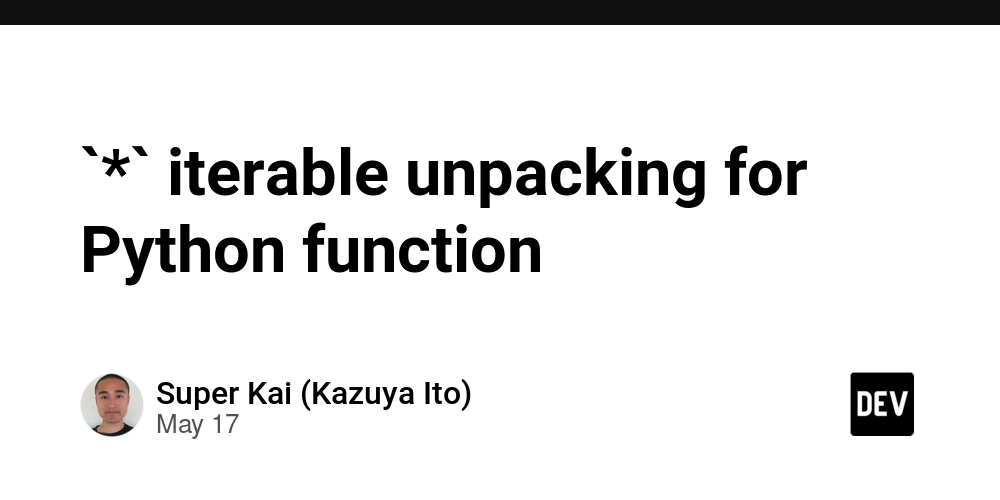Breaking Up With ORMs – Part One: Reclaiming Control with Custom SQL Adapters
Breaking Up With ORMs – Part One: Reclaiming Control with Custom SQL Adapters Why I built my own SQL adapter instead of using ORMs like Prisma and Drizzle — and how it gives me total control over querying from both the frontend and backend. “It’s not you, it’s me. I just need more... control.” ✋ This Is Just the Beginning This post is more of a breaker—an introduction to why I left ORMs behind and what motivated me to build my own database adapter. A deeper, more technical dive is coming soon, where I’ll break down: How the entire SDK works How to build it from scratch The architectural design choices Live usage with real-world apps Open source links to both the frontend SDK and the backend sdk And more So if this resonates with you, stay tuned—the code will be open and the full post will be linked shortly. Introduction: Why I Broke Up With ORMs I’ll be honest: I love ORMs. I’ve used Prisma, I’ve used Drizzle, and I admire the engineering behind them. They offer a lot—developer productivity, type safety, and beautiful DX (developer experience). But after a while, I started running into walls: I wanted more flexibility—more control over my queries, more visibility into the SQL, and more freedom to design my API the way I wanted. ORMs began to feel like an abstraction I had to fight against rather than something working with me. ORMs abstract too much I wanted to see and control the actual SQL I wanted to dynamically generate complex queries from the client and still have authentication and authorization (like an RLS system) I wanted to define my schema through APIs, not only through files I needed a system that worked seamlessly with both frontend and backend And I just didn’t want to fight the abstraction anymore. So I did what any control-obsessed backend dev would do: I built my own SQL adapter. The Problem: When ORMs Start to Get in the Way Here are a few pain points I ran into while using ORMs: Performance Cliffs: Some ORMs made poor choices under the hood (e.g. N+1 queries, unnecessary joins). Migrations & Schema Control: I wanted to create and modify tables dynamically via API, not just manually define them in migration files. Query Transparency: I wanted to see and shape the exact SQL being executed—not reverse-engineer it. Vendor Lock-in: Switching ORMs or DB engines became a large undertaking. The Solution: A KNEX Adapter To solve this, I built the A KNEX Adapter—a lightweight, expressive query layer built on top of Knex.js, but designed for composability and API-first systems. Here’s what it supports and includes: Deeply nested filter groups (AND, OR, EXISTS) Aggregates, window functions, and recursive CTEs Grouped filters, complex pagination, raw joins (securely) Full control over the query lifecycle Dynamic schema creation via API (covered in Part 2) A powerful frontend SDK: Think Prisma-style chaining, but built to run on the client. A flexible backend SDK: Built on Knex with support for deeply structured queries, CTEs, RLS, and window functions. A standard QueryParams format to allow structured, safe queries across the wire. A sync layer, auditing hooks, and dynamic table creation (covered in future posts). Every code in this post is from the frontend SDK, showing how to build deeply structured queries directly from the client to your API. Example: Fluent Querying Without the ORM Bloat Let’s say you want to find all active users who are either admins or IT managers: db.table("users") .where("status", "active") .andWhere((query) => { query.where("role", "admin").orWhere((subQuery) => { subQuery.where("role", "manager").where("department", "IT"); }); }) .query(); Or do grouped aggregates with HAVING: db.table("orders") .groupBy("customer_id", "status") .having("total_amount", ">", 1000) .sum("amount", "total_amount") .count("id", "order_count") .query(); All that without writing raw SQL or defining a separate model schema. Why Not Just Stick With Knex? Great question. Knex is powerful—but also low-level. It’s great for quick prototyping, but hard to standardize or reuse across a multi-service architecture. The KNEX Adapter gives you: A structured QueryParams interface: everything from filters to CTEs in a predictable, typed shape. Safe, composable patterns for clients to generate queries. Support for syncing, auditing, and RLS—coming in Part 3. Secure query abstraction without losing power What’s Next

Breaking Up With ORMs – Part One: Reclaiming Control with Custom SQL Adapters
Why I built my own SQL adapter instead of using ORMs like Prisma and Drizzle — and how it gives me total control over querying from both the frontend and backend.
“It’s not you, it’s me. I just need more... control.”
✋ This Is Just the Beginning
This post is more of a breaker—an introduction to why I left ORMs behind and what motivated me to build my own database adapter.
A deeper, more technical dive is coming soon, where I’ll break down:
- How the entire SDK works
- How to build it from scratch
- The architectural design choices
- Live usage with real-world apps
- Open source links to both the frontend SDK and the backend sdk
- And more
So if this resonates with you, stay tuned—the code will be open and the full post will be linked shortly.
Introduction: Why I Broke Up With ORMs
I’ll be honest: I love ORMs. I’ve used Prisma, I’ve used Drizzle, and I admire the engineering behind them. They offer a lot—developer productivity, type safety, and beautiful DX (developer experience).
But after a while, I started running into walls:
I wanted more flexibility—more control over my queries, more visibility into the SQL, and more freedom to design my API the way I wanted. ORMs began to feel like an abstraction I had to fight against rather than something working with me.
- ORMs abstract too much
- I wanted to see and control the actual SQL
- I wanted to dynamically generate complex queries from the client and still have authentication and authorization (like an RLS system)
- I wanted to define my schema through APIs, not only through files
- I needed a system that worked seamlessly with both frontend and backend
And I just didn’t want to fight the abstraction anymore.
So I did what any control-obsessed backend dev would do: I built my own SQL adapter.
The Problem: When ORMs Start to Get in the Way
Here are a few pain points I ran into while using ORMs:
- Performance Cliffs: Some ORMs made poor choices under the hood (e.g. N+1 queries, unnecessary joins).
- Migrations & Schema Control: I wanted to create and modify tables dynamically via API, not just manually define them in migration files.
- Query Transparency: I wanted to see and shape the exact SQL being executed—not reverse-engineer it.
- Vendor Lock-in: Switching ORMs or DB engines became a large undertaking.
The Solution: A KNEX Adapter
To solve this, I built the A KNEX Adapter—a lightweight, expressive query layer built on top of Knex.js, but designed for composability and API-first systems.
Here’s what it supports and includes:
- Deeply nested filter groups (
AND,OR,EXISTS) - Aggregates, window functions, and recursive CTEs
- Grouped filters, complex pagination, raw joins (securely)
- Full control over the query lifecycle
- Dynamic schema creation via API (covered in Part 2)
- A powerful frontend SDK: Think Prisma-style chaining, but built to run on the client.
- A flexible backend SDK: Built on Knex with support for deeply structured queries, CTEs, RLS, and window functions.
- A standard QueryParams format to allow structured, safe queries across the wire.
- A sync layer, auditing hooks, and dynamic table creation (covered in future posts).
Every code in this post is from the frontend SDK, showing how to build deeply structured queries directly from the client to your API.
Example: Fluent Querying Without the ORM Bloat
Let’s say you want to find all active users who are either admins or IT managers:
db.table("users")
.where("status", "active")
.andWhere((query) => {
query.where("role", "admin").orWhere((subQuery) => {
subQuery.where("role", "manager").where("department", "IT");
});
})
.query();
Or do grouped aggregates with HAVING:
db.table("orders")
.groupBy("customer_id", "status")
.having("total_amount", ">", 1000)
.sum("amount", "total_amount")
.count("id", "order_count")
.query();
All that without writing raw SQL or defining a separate model schema.
Why Not Just Stick With Knex?
Great question. Knex is powerful—but also low-level. It’s great for quick prototyping, but hard to standardize or reuse across a multi-service architecture.
The KNEX Adapter gives you:
-
A structured
QueryParamsinterface: everything from filters to CTEs in a predictable, typed shape. - Safe, composable patterns for clients to generate queries.
- Support for syncing, auditing, and RLS—coming in Part 3.
- Secure query abstraction without losing power
What’s Next





























![Apple Pay, Apple Card, Wallet and Apple Cash Currently Experiencing Service Issues [Update: Fixed]](https://images.macrumors.com/t/RQPLZ_3_iMyj3evjsWnMLVwPdyA=/1600x/article-new/2023/11/apple-pay-feature-dynamic-island.jpg)












































![iPhone 17 Air Could Get a Boost From TDK's New Silicon Battery Tech [Report]](https://www.iclarified.com/images/news/97344/97344/97344-640.jpg)
![Vision Pro Owners Say They Regret $3,500 Purchase [WSJ]](https://www.iclarified.com/images/news/97347/97347/97347-640.jpg)
![Apple Showcases 'Magnifier on Mac' and 'Music Haptics' Accessibility Features [Video]](https://www.iclarified.com/images/news/97343/97343/97343-640.jpg)
![Sony WH-1000XM6 Unveiled With Smarter Noise Canceling and Studio-Tuned Sound [Video]](https://www.iclarified.com/images/news/97341/97341/97341-640.jpg)













![How to upgrade the M4 Mac mini SSD and save hundreds [Video]](https://i0.wp.com/9to5mac.com/wp-content/uploads/sites/6/2025/05/M4-Mac-mini-SSD-Upgrade-Tutorial-2TB.jpg?resize=1200%2C628&quality=82&strip=all&ssl=1)






















































































































































































































![[The AI Show Episode 147]: OpenAI Abandons For-Profit Plan, AI College Cheating Epidemic, Apple Says AI Will Replace Search Engines & HubSpot’s AI-First Scorecard](https://www.marketingaiinstitute.com/hubfs/ep%20147%20cover.png)
























![How to Enable Remote Access on Windows 10 [Allow RDP]](https://bigdataanalyticsnews.com/wp-content/uploads/2025/05/remote-access-windows.jpg)






















































































![[FREE EBOOKS] Modern Generative AI with ChatGPT and OpenAI Models, Offensive Security Using Python & Four More Best Selling Titles](https://www.javacodegeeks.com/wp-content/uploads/2012/12/jcg-logo.jpg)












































![How to make Developer Friends When You Don't Live in Silicon Valley, with Iraqi Engineer Code;Life [Podcast #172]](https://cdn.hashnode.com/res/hashnode/image/upload/v1747360508340/f07040cd-3eeb-443c-b4fb-370f6a4a14da.png?#)






























-Marathon-Gameplay-Overview-Trailer-00-04-50.png?width=1920&height=1920&fit=bounds&quality=70&format=jpg&auto=webp#)







































































